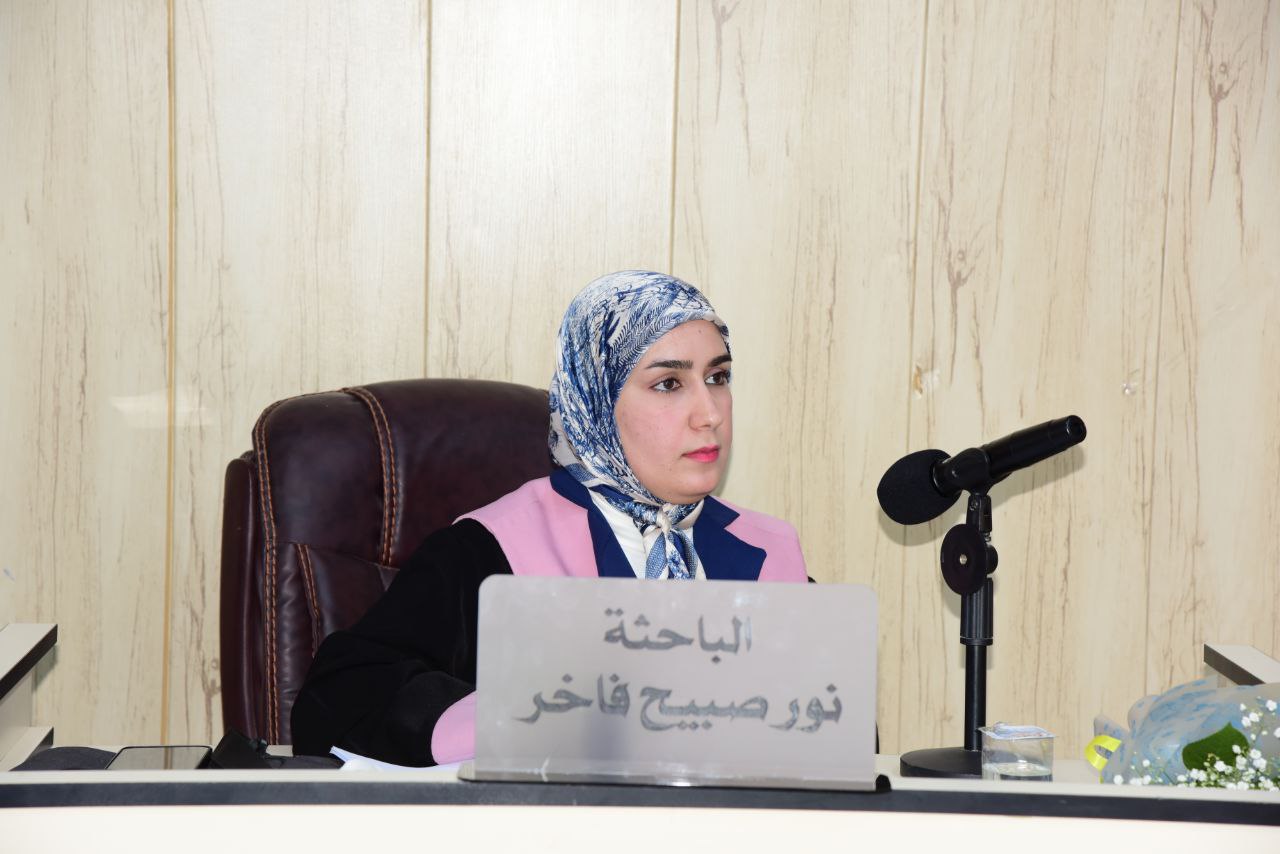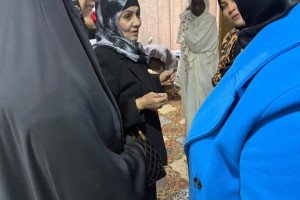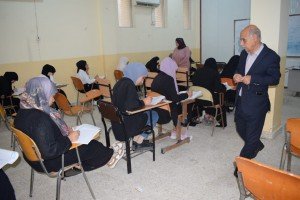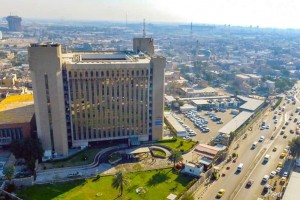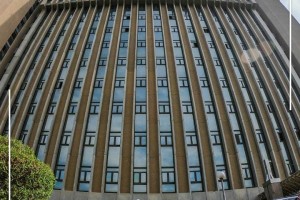
A master's thesis at the University of Basra discussing the rhythmic structure in the poetry of Al-Abbas bin Al-Ahnaf
The master’s thesis at the College of Education for Girls by researcher Nour Sobeih Fakher discussed “The Rhythmic Structure in the Poetry of Al-Abbas Ibn Al-Ahnaf,” where she sought to know the poetic rhythm in the poetry of Al-Abbas Ibn Al-Ahnaf, as rhythm is the pivotal line on which the elements of the poetic text, such as meter, repetition, rhyme, and sounds, are based.
The first chapter dealt with the structure of prosodic rhythm, as Al-Abbas bin Al-Ahnaf used most of the beautiful phrases, except for the present tense, the brief, and the modified, touching on the pure phrases and the mixed phrases, as these two phrases occupied almost half of the collection, with a percentage of (49%) of the total number of what he composed in general.
The second chapter dealt with the structure of vocal rhythm. It will appear that the poet benefited greatly from the musical resonance of some words in conveying his poetic experience. He also benefited from his Qur’anic culture in extending his poetic texts with some vocabulary from the Holy Qur’an, as well as vocal balances in demonstrating his poetic prowess.
The third chapter contained the structure of rhyme rhythm. Absolute rhyme topped the collection in the collection with a percentage of (92%) over restricted rhyme. The reason for this is that absolute rhyme expresses the poet’s ability to display his linguistic wealth and his skill in placing his vocabulary in a unified system. As for restricted rhyme, it combines the accusative and nominative. Under silence, the poet's ability to do what we mentioned is obscured.

